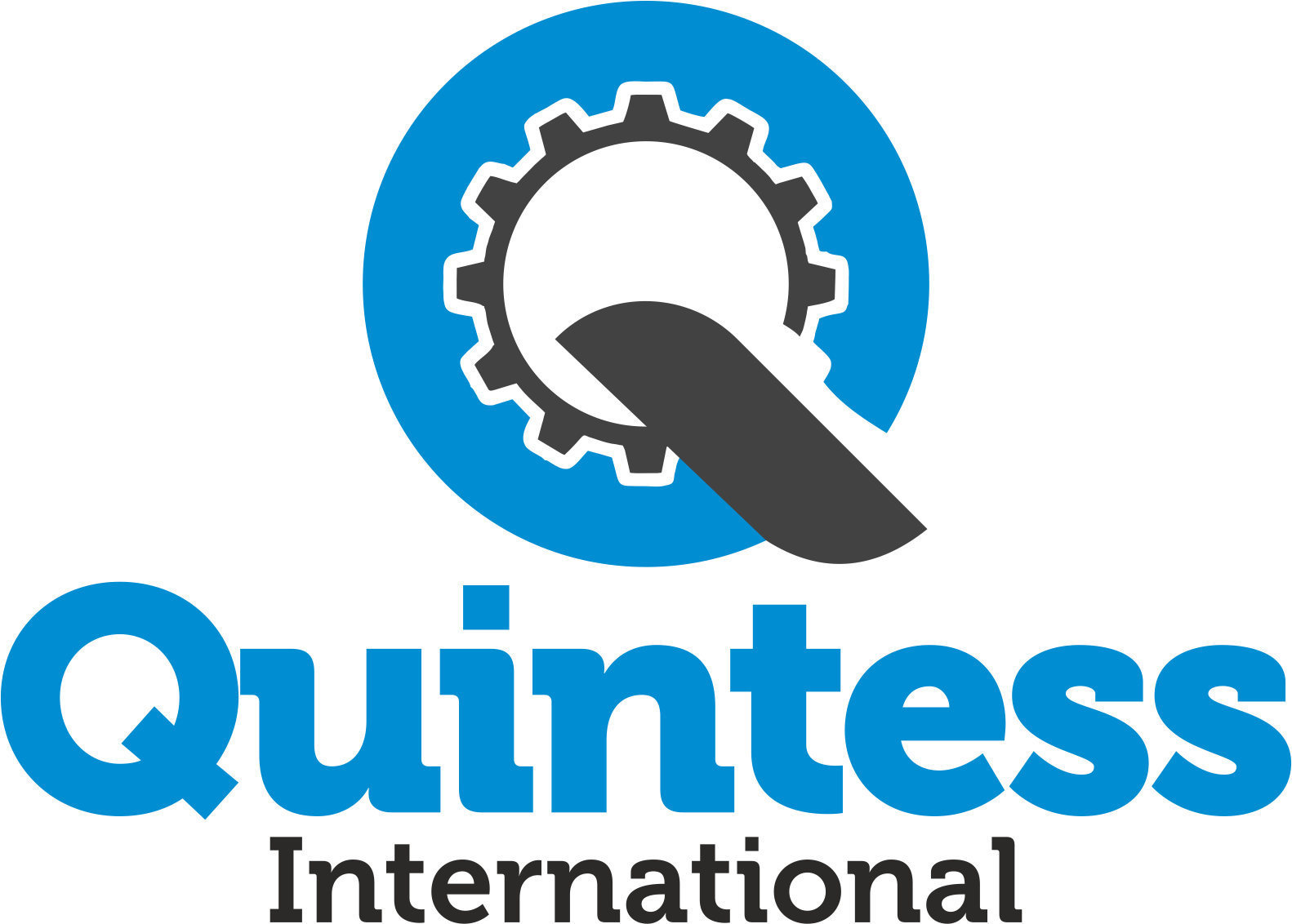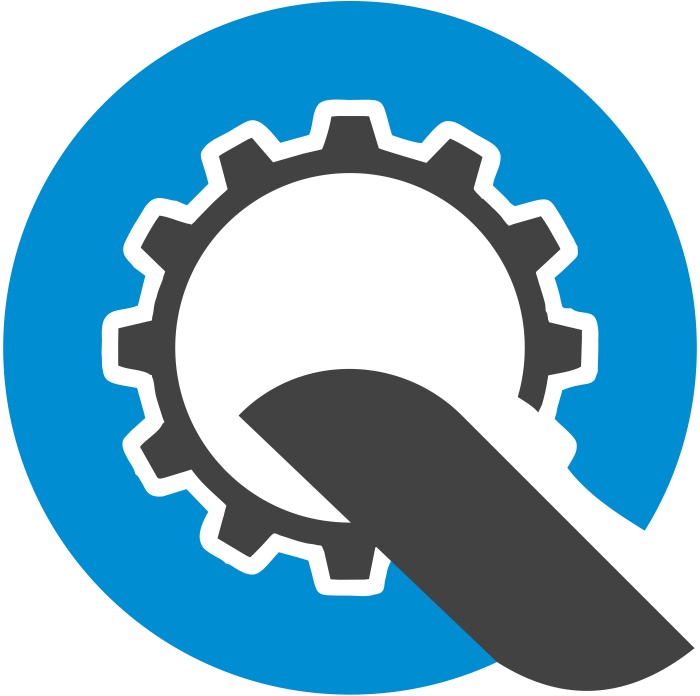In the world of heavy machinery and internal combustion engines, cylinder liners play a quiet but vital role. These components—inserted into engine blocks to form a durable, heat-resistant surface for pistons—are essential to the performance and longevity of diesel engines. Russia, with its strong industrial base and legacy in engine production, continues to manufacture cylinder liners for both domestic use and international export. This robust production not only showcases Russia’s engineering capabilities but also highlights the importance of these components in the global automotive supply chain.
However, the journey of a cylinder liner from a Russian foundry to a foreign buyer’s warehouse in 2025 is anything but straightforward. Numerous factors contribute to this complexity, particularly as the geopolitical landscape evolves. As the world grapples with shifting alliances, trade restrictions, and supply chain bottlenecks, the Russian cylinder liner industry faces a host of unique challenges in getting its products to global markets. These challenges are compounded by fluctuating demand and the necessity to adapt to rapidly changing regulations, which can create additional hurdles for manufacturers.
🏭 1. Foundry Strength Meets Export Friction
Russia’s foundries are well-equipped for the metallurgical demands of liner production. They excel in casting and machining robust cylinder liners for various diesel engines, including those used in KAMAZ trucks, MTZ tractors, and older Soviet-era machinery still in operation around the world.
Yet producing a quality product is only half the battle—the real challenge begins when that product needs to cross borders.
⚠️ 2. Sanctions and Trade Restrictions
Since 2022, Western sanctions have placed severe constraints on many aspects of Russian industrial trade. While cylinder liners are not always explicitly sanctioned, they often fall under ambiguous “dual-use” categories, especially if used in defense-related machinery.
These restrictions impact:
-
International payments (due to limited SWIFT access)
-
Export licenses and documentation
-
Shipping insurance and compliance
Russian companies now rely on non-Western trade corridors, shifting focus toward Asia, the Middle East, and parts of Africa where sanctions are either lighter or not enforced.
🚢 3. Logistical Headaches: Shipping, Delays, and Detours
Before 2022, Russian exporters could move parts across Europe with relative ease. Today, most freight routes are rerouted through longer and more expensive paths:
-
Via Kazakhstan and China for access to Asian markets
-
Through Turkey or the Caspian Sea to reach the Middle East
-
Maritime shipping via the Arctic or Black Sea, which is more vulnerable to geopolitical instability
For heavy, cast-metal components like cylinder liners, logistics costs now make up a larger portion of total export expenses—cutting into margins and slowing delivery times.
💰 4. Competitive Global Market
The global cylinder liner export market is highly competitive, dominated by mass producers in:
-
India – Known for low-cost, large-volume manufacturing
-
China – Offering advanced machining, global distribution, and rapid scalability
Russian companies, by comparison, often struggle with:
-
Higher per-unit costs
-
Smaller international networks
-
Outdated machinery in some older factories
To compete, Russian exporters must highlight strengths in material durability, niche applications, or custom engineering rather than price alone.
📉 5. Customer Trust and Certification Gaps
In Western and even some Asian markets, buyers are increasingly demanding:
-
ISO 9001 certifications
-
OEM compatibility documentation
-
Detailed quality assurance protocols
While many Russian manufacturers do maintain high production standards, documentation and certification transparency are areas still catching up—limiting market access.
🌐 6. Currency and Banking Workarounds
With traditional dollar-based transactions restricted, Russian exporters are:
-
Shifting to Chinese Yuan, UAE Dirhams, and Indian Rupees
-
Using barter-style deals or middlemen for indirect trade
-
Establishing local subsidiaries or warehouses in neutral countries like the UAE to streamline B2B transactions
These strategies help maintain cash flow but add complexity to what should be simple trade.
🔄 Resilience Through Adaptation
Despite the hurdles, Russian cylinder liner exporters are innovating. Key survival strategies include:
-
Focusing on non-aligned markets with steady demand for parts compatible with Soviet-era or Russian machinery
-
Improving machining quality to meet Western and Asian durability expectations
-
Partnering with local distributors abroad to reduce risk and expand sales reach
Some exporters are even targeting aftermarket segments in Africa and Latin America—regions where price-to-performance matters more than brand recognition or origin.
🧭 Conclusion: A New Map for Russian Cylinder Liners
The journey from Russian foundry to international freight dock has become more complex—but not impossible. Cylinder liner manufacturers in Russia must now navigate not only the molten iron of their foundries but also the red tape of geopolitics, currency fluctuations, and shipping disruption.
For those who can adapt, innovate, and forge strategic partnerships, the global market remains open—just with a few more detours along the way.


